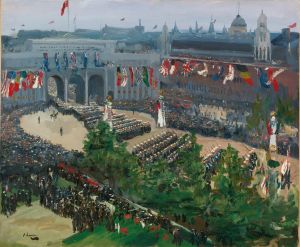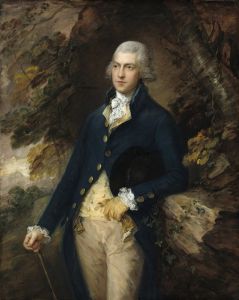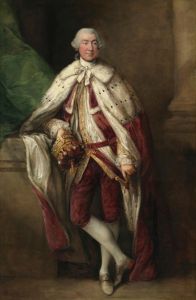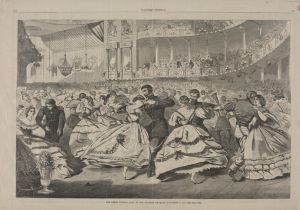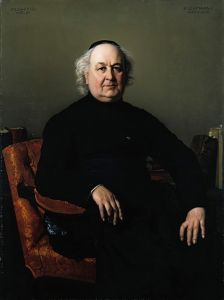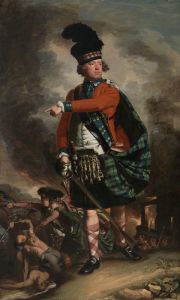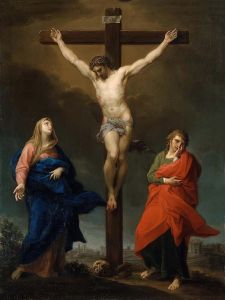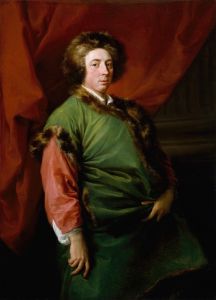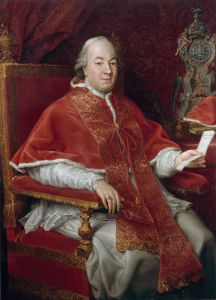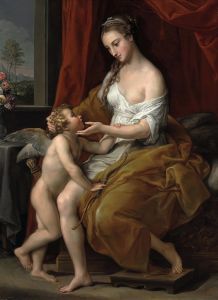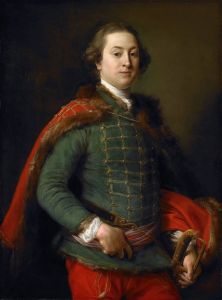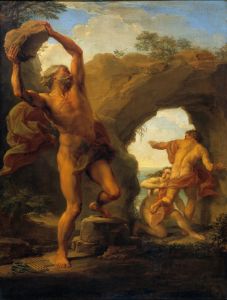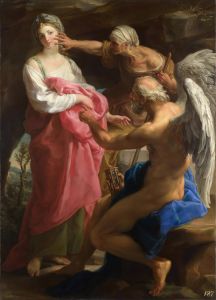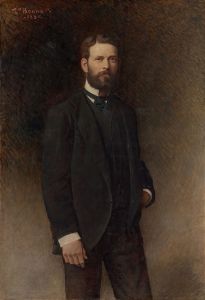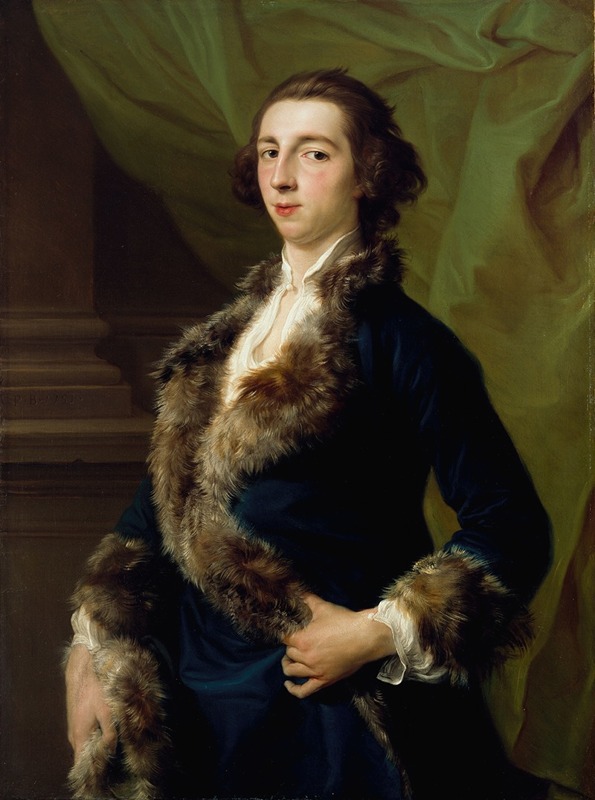
Joseph Leeson, later 2nd Earl of Milltown
A hand-painted replica of Pompeo Batoni’s masterpiece Joseph Leeson, later 2nd Earl of Milltown, meticulously crafted by professional artists to capture the true essence of the original. Each piece is created with museum-quality canvas and rare mineral pigments, carefully painted by experienced artists with delicate brushstrokes and rich, layered colors to perfectly recreate the texture of the original artwork. Unlike machine-printed reproductions, this hand-painted version brings the painting to life, infused with the artist’s emotions and skill in every stroke. Whether for personal collection or home decoration, it instantly elevates the artistic atmosphere of any space.
Pompeo Batoni, an acclaimed Italian painter of the 18th century, is renowned for his portraits that capture the elegance and sophistication of the European aristocracy. Among his notable works is the portrait of Joseph Leeson, later the 2nd Earl of Milltown. This painting is a quintessential example of Batoni's skill in combining the grandeur of Baroque art with the emerging sensibilities of the Neoclassical style.
Joseph Leeson was born into the Irish aristocracy, the son of Joseph Leeson, 1st Earl of Milltown. The Leeson family was prominent in Dublin, with the first Earl having been elevated to the peerage in the mid-18th century. The portrait of Joseph Leeson, who would later become the 2nd Earl of Milltown, was likely commissioned during his Grand Tour, a customary trip through Europe undertaken by young men of his social standing to complete their education and cultural refinement.
Batoni's portrait of Leeson is emblematic of the artist's ability to convey the status and character of his sitters. The painting depicts Leeson in a poised and dignified manner, dressed in the fashionable attire of the period. Batoni's attention to detail is evident in the intricate rendering of the fabrics and the subtle play of light and shadow, which adds depth and realism to the composition. The background of the portrait is typically classical, featuring elements such as columns or drapery, which were common in Batoni's work to signify the cultured and learned nature of his subjects.
The portrait not only serves as a personal memento for Leeson and his family but also as a testament to the cultural exchanges between Italy and the British Isles during the 18th century. Batoni was a favored portraitist among British and Irish travelers, and his studio in Rome became a popular stop for those on the Grand Tour. His ability to capture the likeness and personality of his sitters, combined with his mastery of classical themes, made his portraits highly sought after.
Joseph Leeson, as the 2nd Earl of Milltown, would later inherit his father's titles and estates, becoming a significant figure in Irish society. The portrait by Batoni remains an important piece of cultural heritage, reflecting not only the personal history of the Leeson family but also the broader artistic and social currents of the time.
Today, Batoni's works, including the portrait of Joseph Leeson, are appreciated for their artistic merit and historical significance. They provide insight into the lives of the European elite during a period of significant cultural and political change. The portrait of Joseph Leeson, later the 2nd Earl of Milltown, stands as a fine example of Batoni's contribution to the art of portraiture and his enduring legacy in the history of European art.





